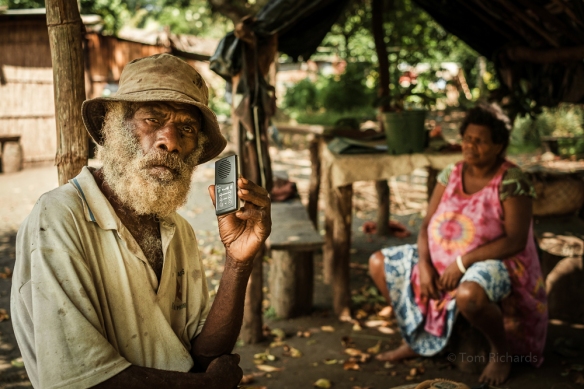
Tanna man using a MegaVoice, a solar-powered audio device loaded with a vernacular New Testament – one way in which someone might ‘receive’ or take in the Bible.
Interaction with Don’t Throw the Book at Them by Harry Box, Chapter 3
If you want to get the main idea and avoid the detail, jump to ‘The Written Elephant in the Oral Room’ (Click ‘read more’ and then scroll down ).
I should say right from the outset that if there is one chapter in this book that I am inclined to disagree with, it is this one. It’s a great book and no doubt beneficial for learning to better communicate with oral people, but perhaps the case gets overstated here. The chapter is worth reading, and in fact, I think when we think through the way in which Jesus’ disciples interacted with both written and oral texts, we notice some very important (and encouraging) things about engaging oral people with the scriptures.

 Contextualising COMA for Vanuatu: Part 3 (
Contextualising COMA for Vanuatu: Part 3 (

